Russia & Ukraine
The History, The Tension, The War
*This article contains potentially graphic topics and images.
Please be aware of your mental state before reading.
“Russian-Ukraine Conflict”—You’ve all heard the term by now, in some form or other.
You’ve read the headlines, clicked on the news to see the ghosts of WWII in the faces of Ukrainian soldiers and civilians standing against the tanks and bombs. Images of the dead, of shelled out houses, and of injured children flood social media daily. For the unfamiliar eye, this seemingly came out of nowhere. To someone who knows a bit about the situation, it goes back a century or two. But the real beginnings of the issues go back much further than most realize, with many contributing factors.
The first pinpoint on my timeline takes us all the way back to 988 A.D. That was 1033 years ago! That year, the people known as the Keivan Rus, the first East Slavic state, were united under Vladimir I, first Christian ruler and grand prince of Kyiv. Over the next thousand years, Ukraine was passed around from country to country; taken by the Mongols in the 13th century, then Poland and Lithuania in the 16th century, and later by the Russian Tsardom in the 17th century. In 1793, Ukraine (Western Bank especially) was annexed by the Russian Empire, which banned the use of the Ukrainian language and forced the people to join the Russian Orthodox religion.
Next, jumping forward a bit to the early 1900s,
Tensions begin to build between Ukraine and Russia over the course of the century. In 1917, the Communist Revolution began, sending Ukraine and many other Eastern European countries into civil war. In 1922, the Soviet Union absorbed Ukraine under Joseph Stalin, who starved and killed his citizens. Millions were left dead and without food. Ukraine remained-though unwillingly—a part of the Soviet Union through WWII and the Cold War up until the 1990s.
In the year 1990,
Anti-Communist protests began to gain traction in Eastern Europe, starting with Poland and sweeping into Russia. In January of that year, a group of Ukrainian nationalists—400,000 strong—formed a human chain reaching 400 miles across from Ivano-Frankivsk to Kyiv, waving Russian-banned Ukrainian flags in protest. On July 16, 1990, Rada (Newly formed Ukrainian Parliament) declared independence from Russia and voted to shut down the Chernobyl power plant. Ukraine wouldn’t reach full independence until a year later in 1991, however. After a failed coup In Moscow, on August 24, the people of Ukraine voted with a landslide result to separate from the Soviet Union, which collapsed on December 26th of that same year.
In 1992,
Ukraine tightened their ties to the North Atlantic Treaty Organization (NATO), and as we fade into December of 1994, Ukraine, U.S., U.K., and Russia signed the Budapest Memorandum treaty. Ukraine agrees to give up their cache of nuclear weapons leftover from the Soviet
Union, in turn for the other signing countries respecting Ukraine’s borders and recognizing them as an independent nation; a treaty that Russia did not uphold their end of the bargain on, as we are seeing today. As the 90’s came to an end and the early 2000’s began, Ukrainian opinion became divided. The Western side of the country looked more towards Europe and joining the EU and NATO, while Eastern Ukraine side expressed sympathies to Russian rule.
In 2008,
Ukraine formally requested to join NATO, backed by the U.S. This was quickly shut down by Germany and France, who opposed due to Russian displeasure over the proposal. (Germany is dependent on Russian oil and gas for necessities such as heating) In April of that year, NATO offered a compromise that Ukraine would one day join NATO, but they had not yet met all the requirements to do so.
In 2014,
The situation between Russia and Ukraine starts to gain tension, like a coiled spring ready to be released. Russia expresses an unreciprocated desire to reunite with Ukraine, and illegally annexed the Crimean Peninsula. This event causes Ukraine to look more towards the Western Powers, trying hard to stay the course with NATO. Later in that year, Ukrainian separatists backed by Moscow attacked and took two regions of Ukraine, Donetsk and Luhansk; and according to the International Crisis Group’s Research, since then the groups have killed over 14,000 people.
On to more recent years:
In 2016-17, fighting in Ukraine from the 2014 separatists displaced thousands in Minsk, while the casualty numbers rose. At the same time, Ukraine was fighting Russian cyber-attacks. In April of 2019, Volodimir Zelenskyy was elected president in a landslide victory. He vowed to help the Ukrainian people and better their situation, but experienced a rather large roadblock in the form of former U.S. president Donald Trump that same year. Negotiations concluded in a deal that required Ukraine to spy on Burisma, an energy company, in exchange for desperately needed military aid. This situation was later used in the efforts to impeach President Trump.
Tensions began to reach their boiling point in April of 2021.
Russia sends 100,000 troops to the Ukrainian border. By August, Ukraine will still not be added to NATO, and the situation is becoming concerning for the country, though the Russian troops leave for a few months. They returned to the border later that November. As we close into December of 2021, Biden makes a phone call to Russian President Vladimir Putin, warning of consequences if he chooses to invade Ukraine. Putin later responds with a set of demands; the most well-known one being that he demands Ukraine never be allowed into NATO.
As 2021 ends and we progress into 2022, January poses new challenges.
While Russian advances were halted in Eastern Europe, one of their Naval Research ships was spotted and suspected of cutting European communication lines under the water in the Atlantic. They also planned war games in plain sight directly in the Porcupine Bite, designated Irish waters used for fishing operations to feed Ireland and much of Europe. Irish fishermen took issue, as this was their territory, and the items used in the war games would affect the Porcupine Bite’s marine ecosystem, and the seafood supply. They planned a protest of the naval war games by fishing directly in the line of fire; causing tension between the Naval ships that resulted in a meeting between some of the fishermen and a Russian diplomat. The negotiations remained civil, and the Russian Navy agreed to hold their event elsewhere, and the people of Ireland released their breath they had held through the situation.
At this time, American and European diplomats are in frequent contact and meeting with each other and with Russian diplomats, attempting to come to a solution. On January 26th, the U.S. and NATO sent their response to Putin’s demands, offering a compromise. While NATO could not permanently keep Ukraine from ever becoming a member, they were willing to discuss the smaller issues he had, such as arms control.
Jumping to February 21st.
Putin recognized Ukrainian separatists, The Donetsk People’s Republic and the Luhansk People’s Republic as sovereign nations, and deployed troops to Donetsk on a supposed “peacekeeping mission,” kickstarting the beginning of the invasion we see now. On the 24th, the assault officially begins, as does the violence. The Russian invasion of Ukraine is the largest military operation since WWII, killing thousands and displacing millions. The civilians have taken arms with Molotov cocktails to defend their homes and cities, while Russia commits war crimes such as targeting civilian buildings for bombings. They destroyed a maternity hospital, with pregnant women, babies, and children inside. They demolish homes and churches and schools, even bombing a shelter clearly marked as housing children inside. They run over cars with people inside with their tanks, and kill anyone in their path. They show no mercy.
That doesn’t mean the Ukrainian people are defenseless, however. Poland offered safety for fleeing refugees, taking them by the thousands. Those who stayed are fighting with firearms and homemade explosives. Other countries have offered up weapons such as planes and tanks to aid them in this fight, while thousands offered up their efforts in service of the Ukrainian military, many without any ties to the nation. The Ukrainian military has received primarily MANPADs (from NATO), these being the Javelin Anti-Tank fire and forget rocket system, the Stinger SAM system, The Panzerfaust 3 (anti-tank weapons), AT4 disposable rocket launcher, SMAW American anti-fortification rocket launcher, The MBT LAW, M72 LAW (both are anti-tank weapons), C90-CRs (rocket propelled grenade launchers), Milan, APILAS, and the MATADOR rocket system. The Ukrainian government fights with the people, to keep them standing. Others who cannot fight are doing their part by fighting the attempted censorship of the travesty by the Russians by taking footage and pictures of the crisis and posting them all over the internet and sending them to News Stations. Thousands of first responders made the journey to Ukraine to help aid their doctors to save the wounded and dying, truly fulfilling the Hippocratic Oath. Those who cannot go themselves have found other ways to help, such as organizing drives to send over food, clothing and survival supplies to the Ukrainian people; buying from Ukrainian companies, or posting political art in support of their fight.
Not even all the Russian people are supporting President Putin in his endeavors, despite his censorship of the global press and authoritative command. Citizens have begun to protest, at risk of their own safety. Some as young as elementary school age were arrested for expressing views against the invasion. Gretta Velder, a Russian model, called Putin a “psychopath” on social media over a year ago and went missing immediately after. She was found dead and stuffed in a suitcase, strangled and disposed of by her own boyfriend. Her body was only discovered recently. Despite this obvious deterrent against speaking out against Russia’s fear-mongering leader, many are still brave enough to raise their voices. Grigory Yudin, a Russian professor, said only two days ago that he would not stop speaking out against the invasion, even as many remain silent. Not to mention the Russian Army is filled with mandatory service conscripts, a majority of which do not want to fight this war. Even his own troops are against him.
The whole world is watching as Putin continues to deny the ugliest of truths; that he is the man behind this invasion, and behind these thousands of deaths, and millions of ruined lives. As President Zelenskyy don’s military fatigues and fights alongside his soldiers, shaking hands with and delivering supplies to those civilians who are left, visiting the mass grave at Bucha, and imploring the world to help, Putin hides behind his armies, safely away from the bombs, the guns, and the violence he instigated. The irony of the contrast between these two leaders is quite a remarkable thing to see. Mr. Putin, you must have missed the memo; times have changed, and long gone is the age of ruthless dictators. You’re rather out of style. May you fade into history, without a memory to your name, while the lessons we learn from your ridiculous attempt at conquering remain. And may the Ukrainians’ mentality of strength and resilience live on in the hearts of good people.
Slava Ukraini!
To learn more, or visit my self-created timeline—check out the links below:
My Timeline:
*Zelenskyy’s Speech to the U.S. – The following content has been identified by the YouTube community as inappropriate or offensive to some audiences and may be age restricted:
https://www.youtube.com/watch?v=0UjDw4FWbRw
Instagram video covering footage of the Ukraine Invasion (credits to @_shooter_rughi_ on Instagram) – The following content has graphic images of violence, please watch at your own discretion:
https://www.instagram.com/tv/CaavrWdFNrN/?igshid=MDJmNzVkMjY=
Your donation will support the student journalists of Brunswick High School. Your contribution will allow us to purchase equipment. Our goal is to purchase some updated and much needed cameras for the program.

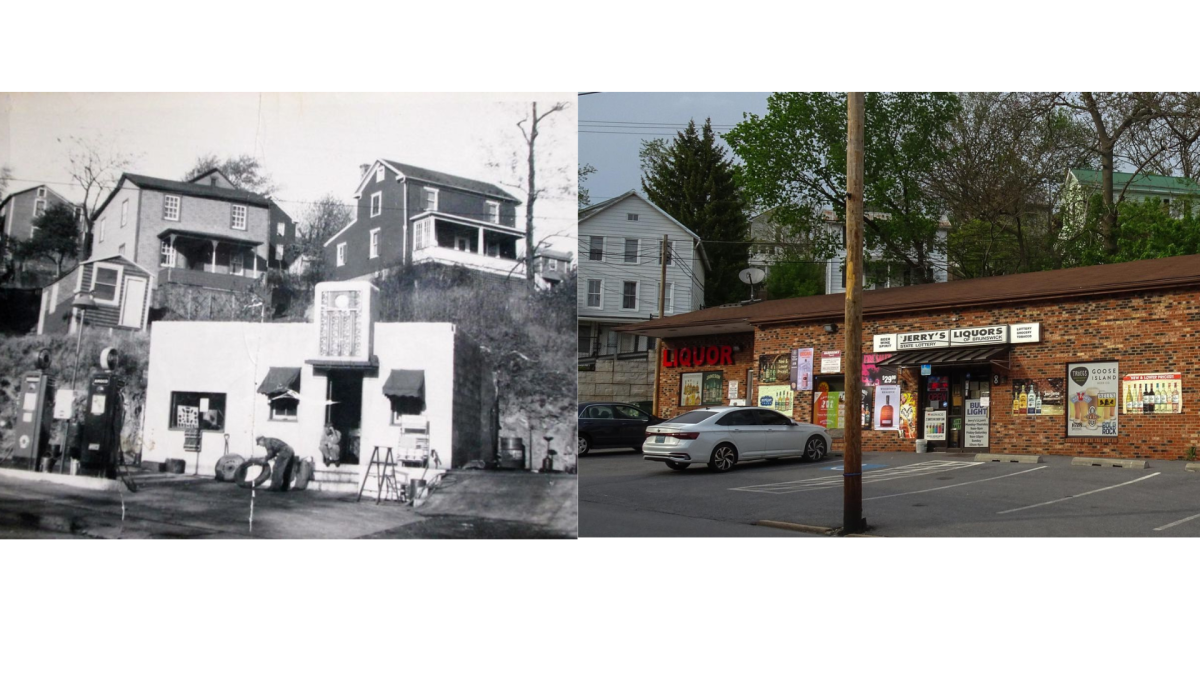
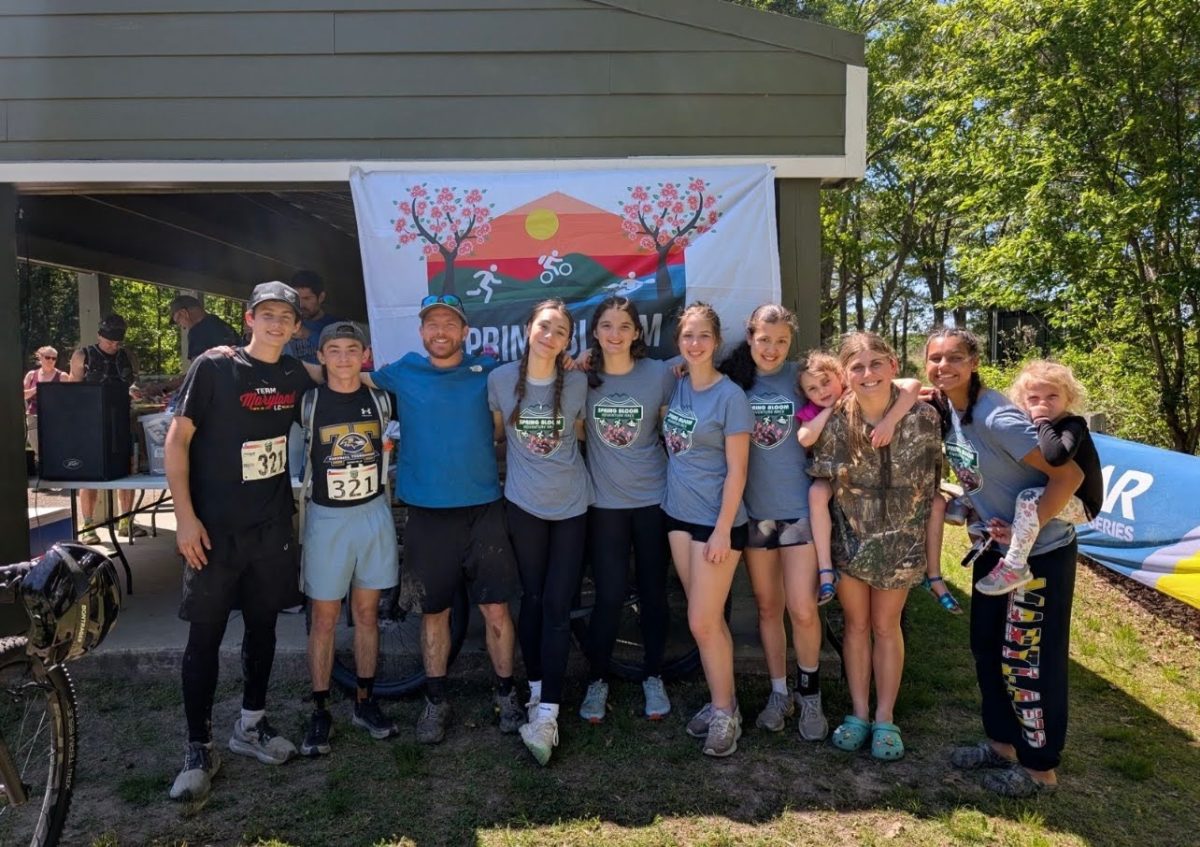
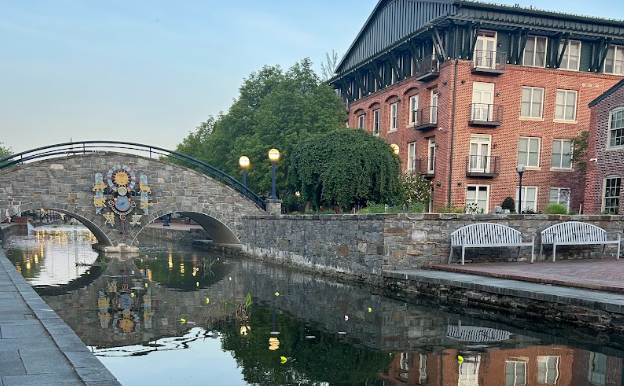

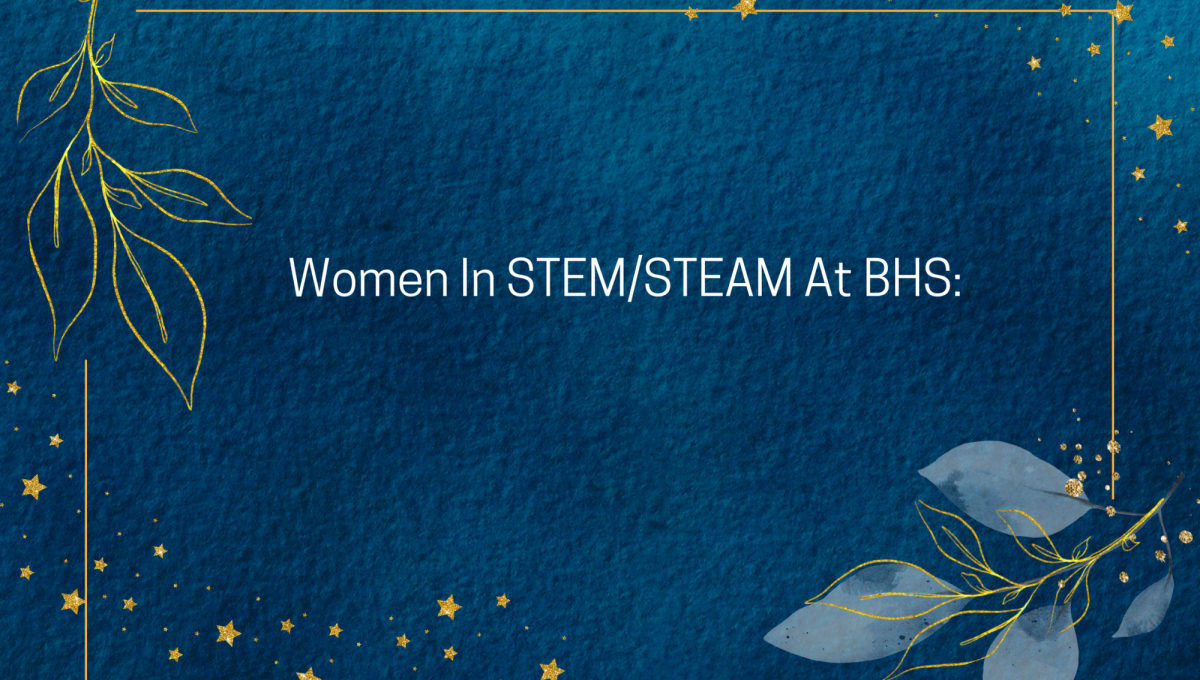


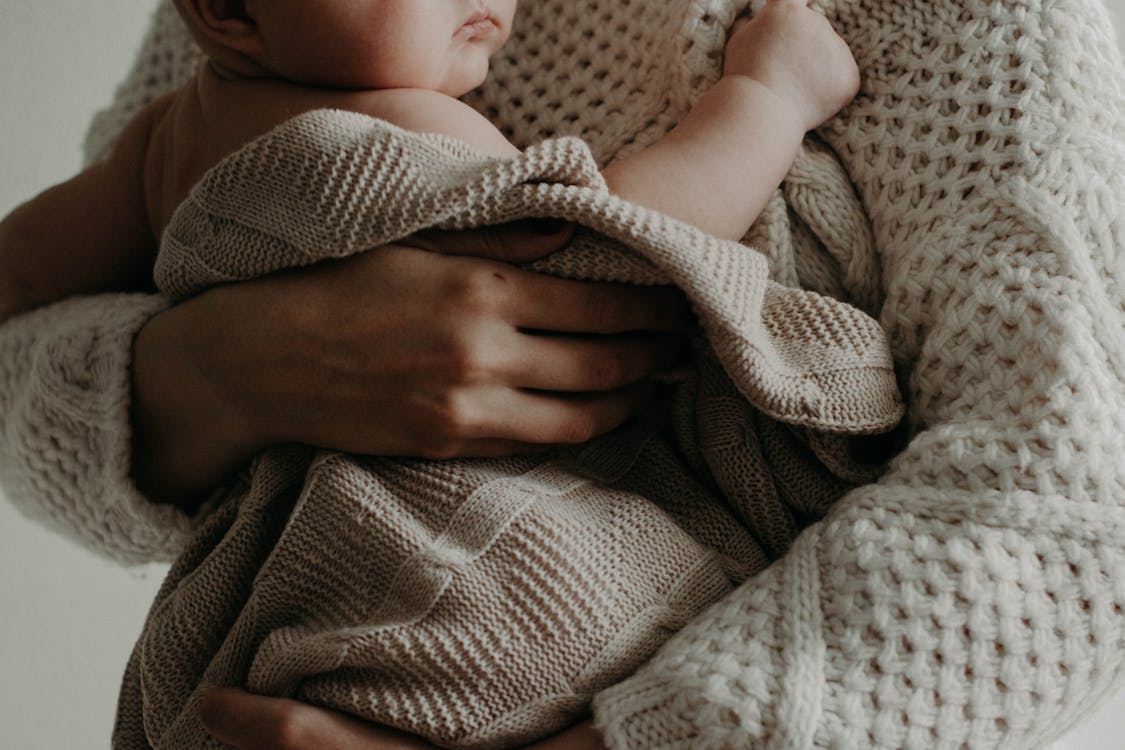


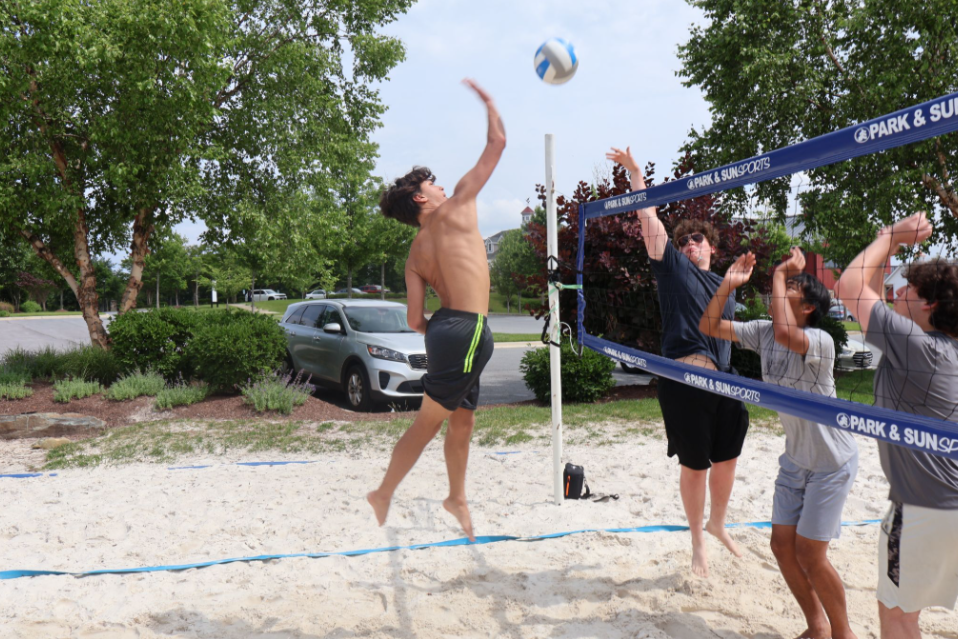
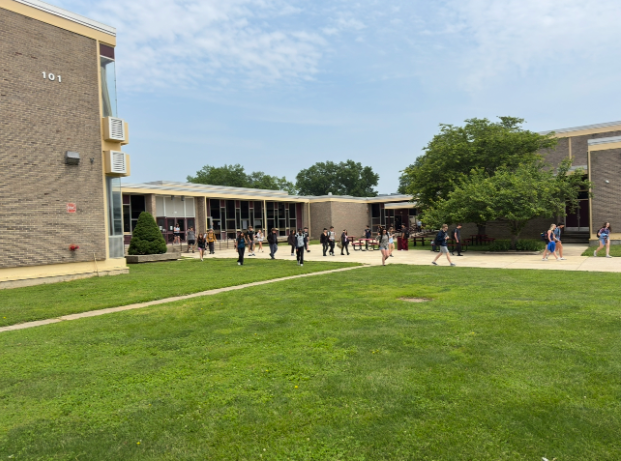
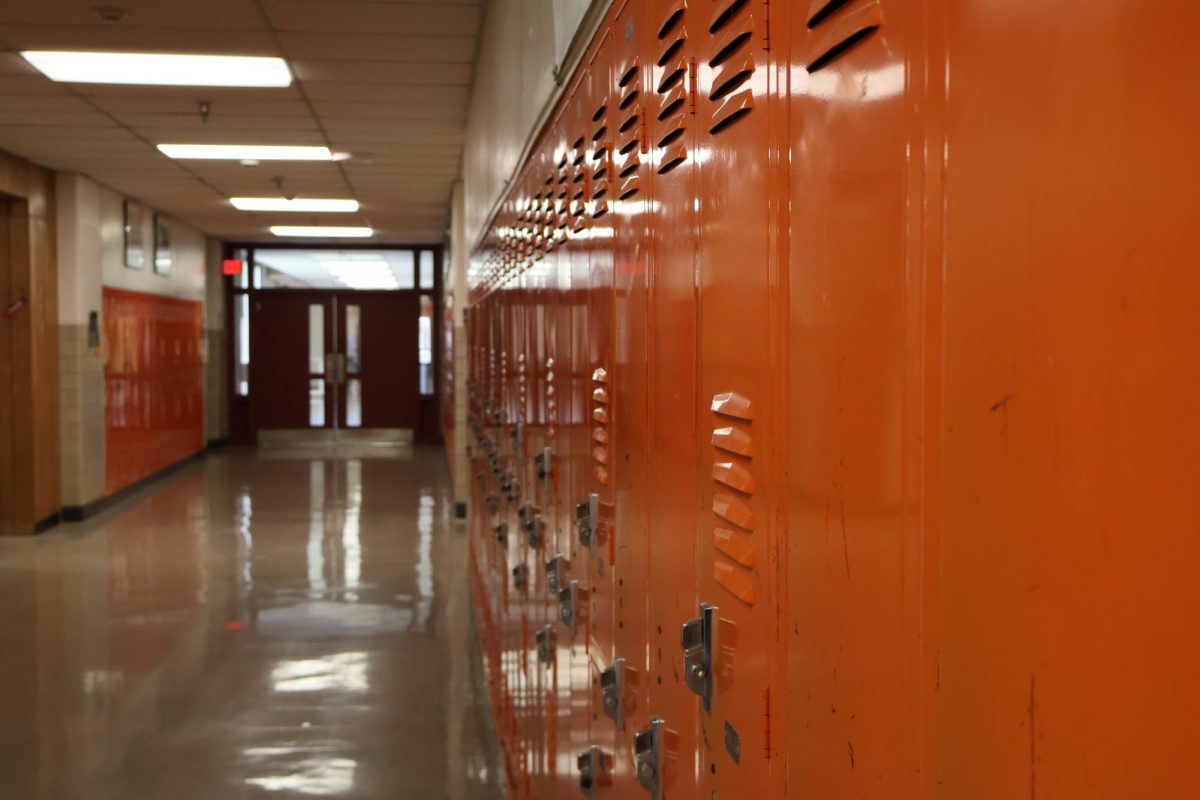

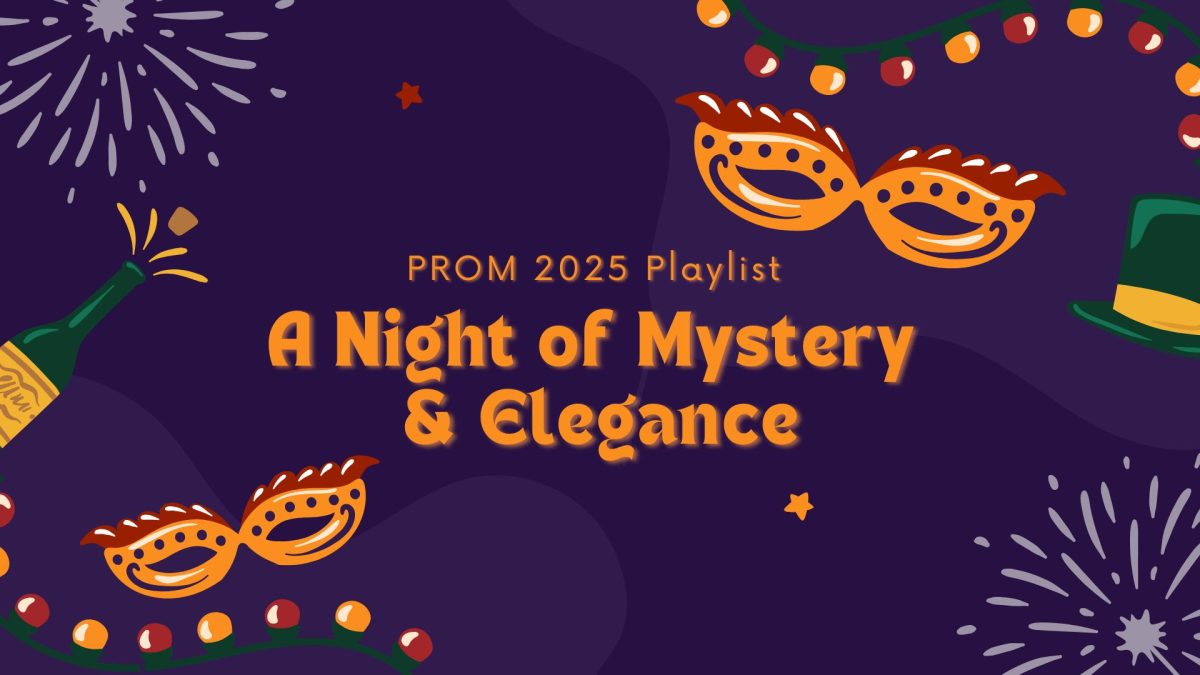
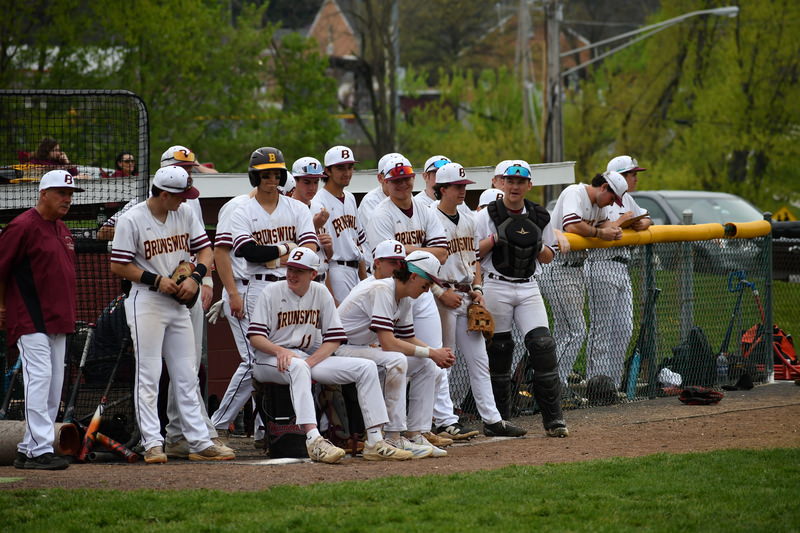

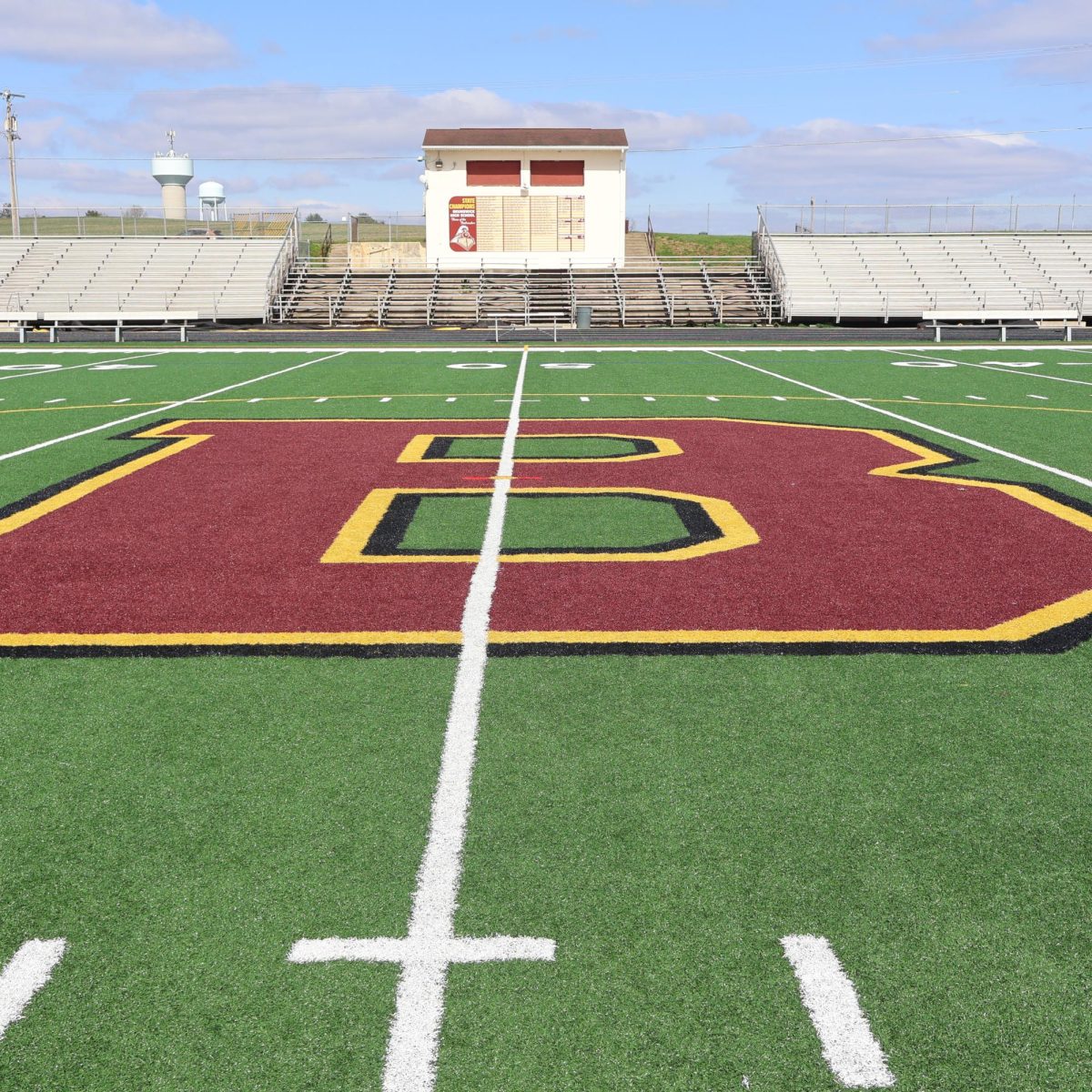
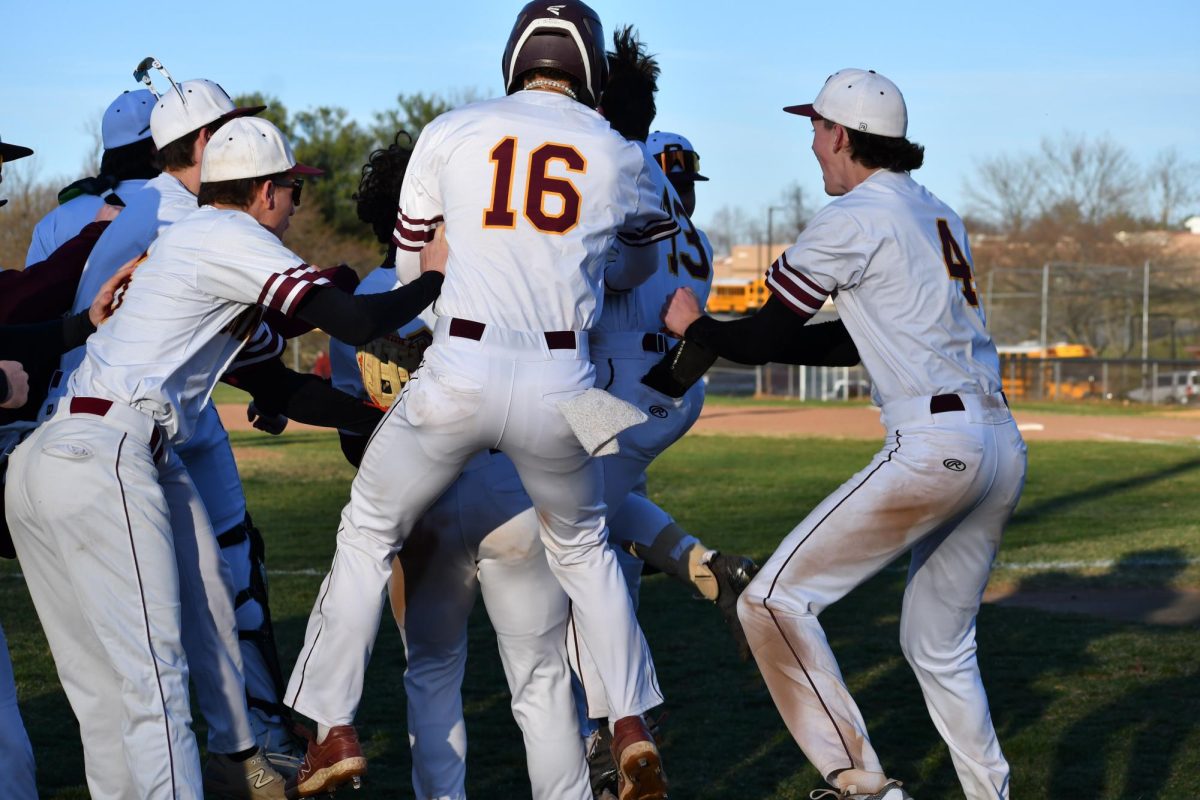
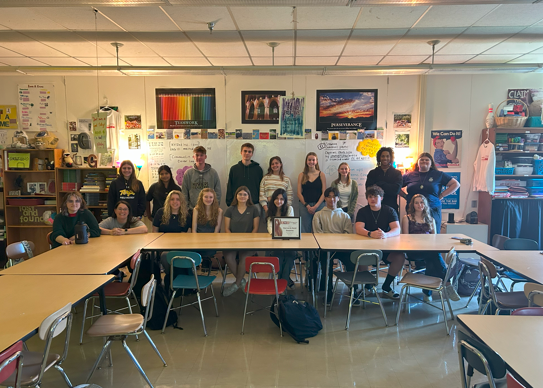
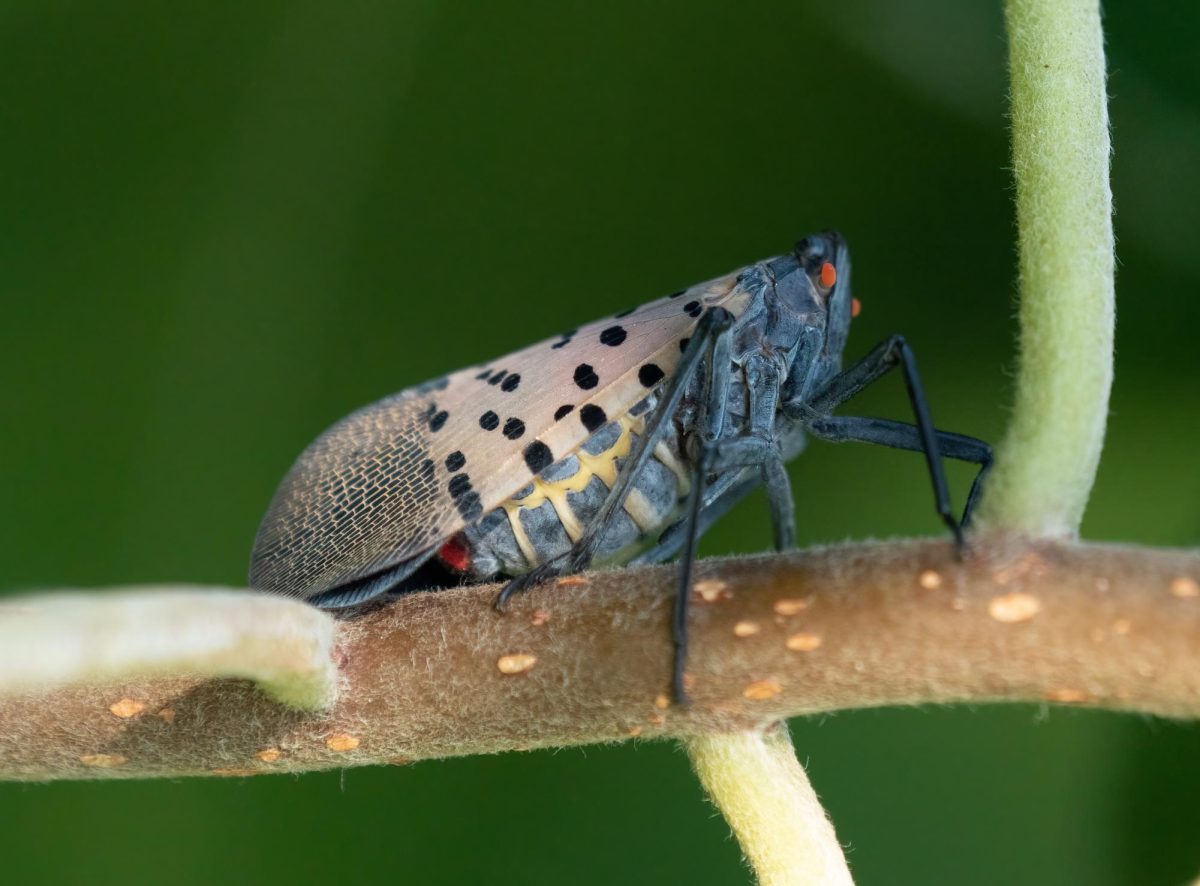
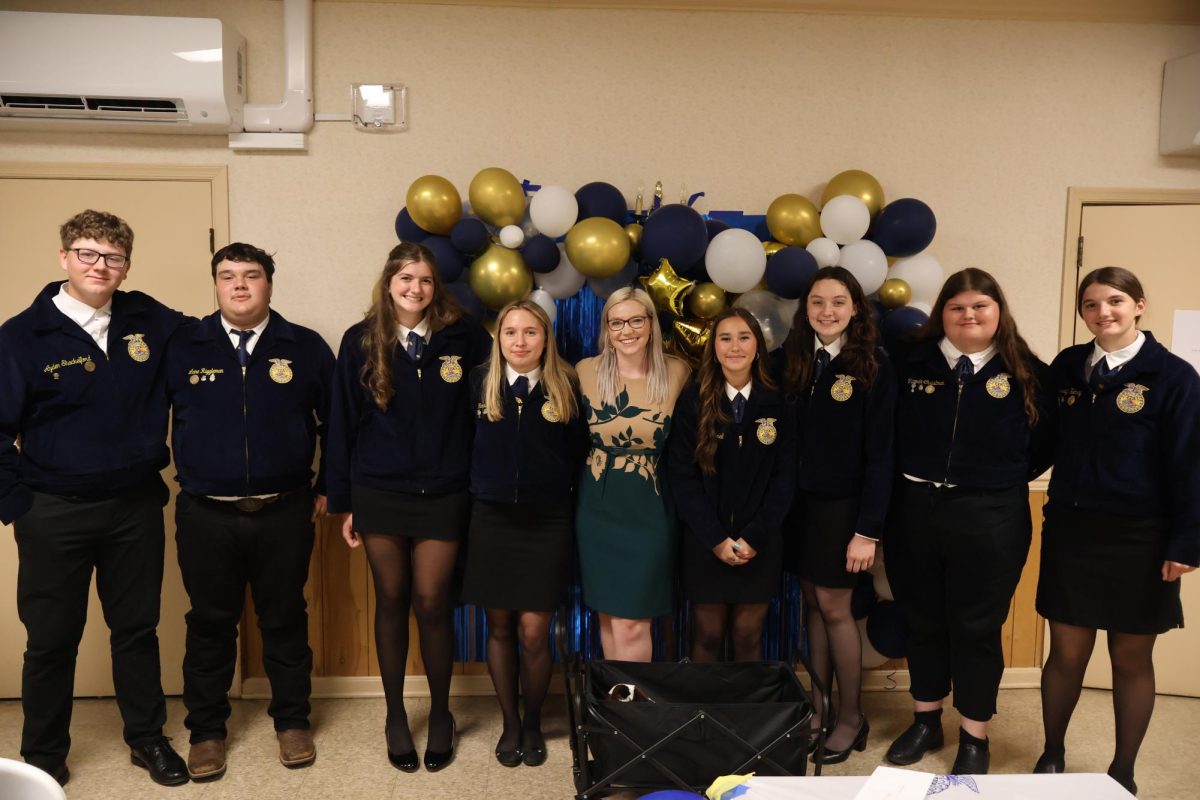
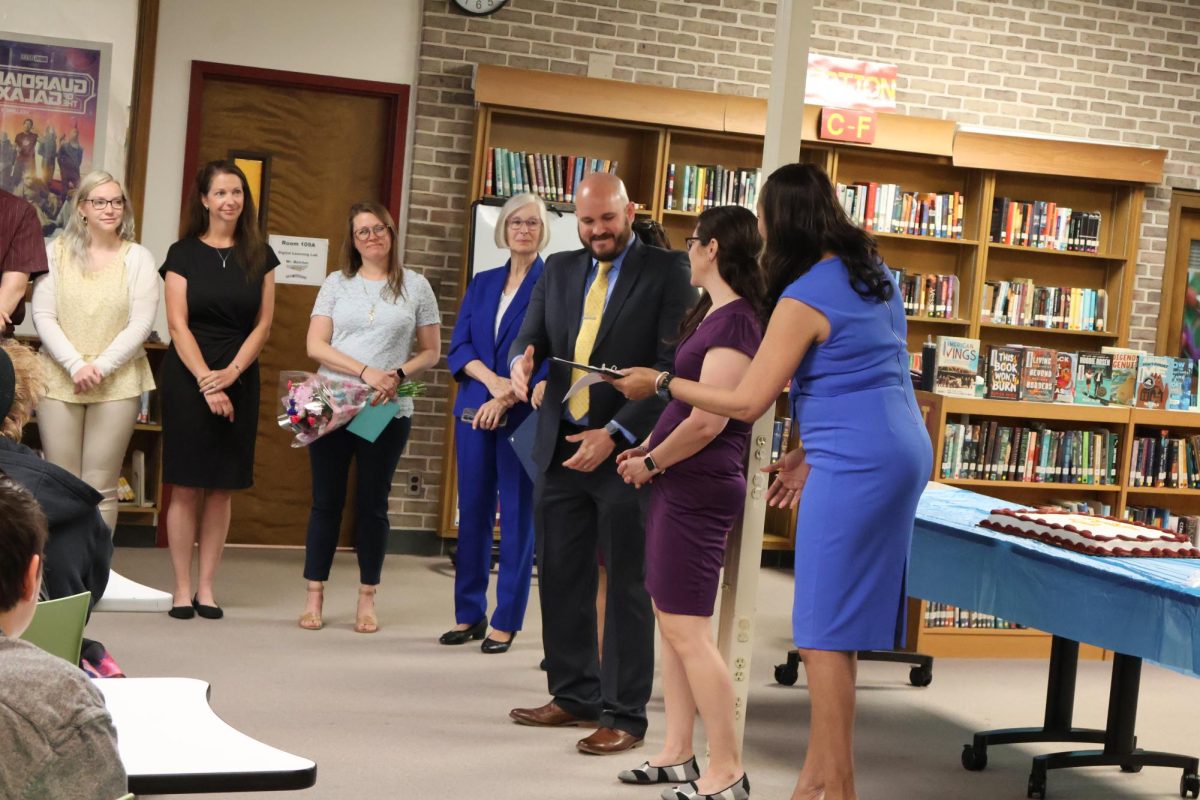

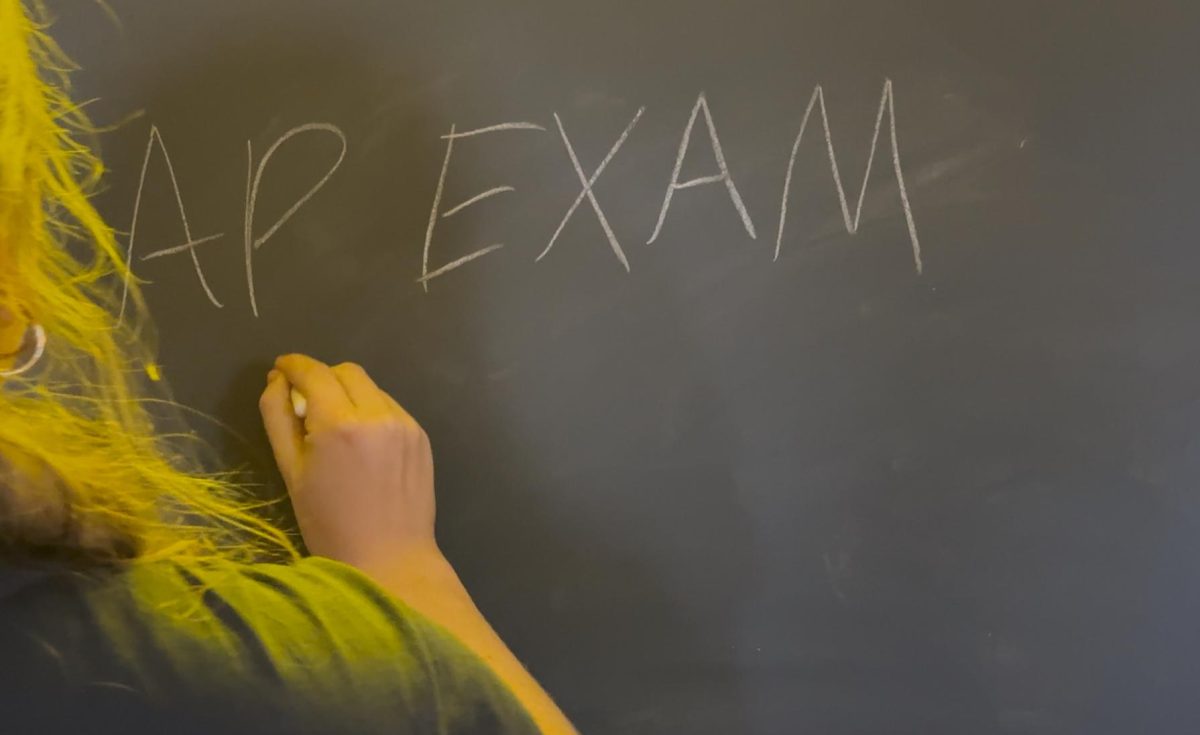



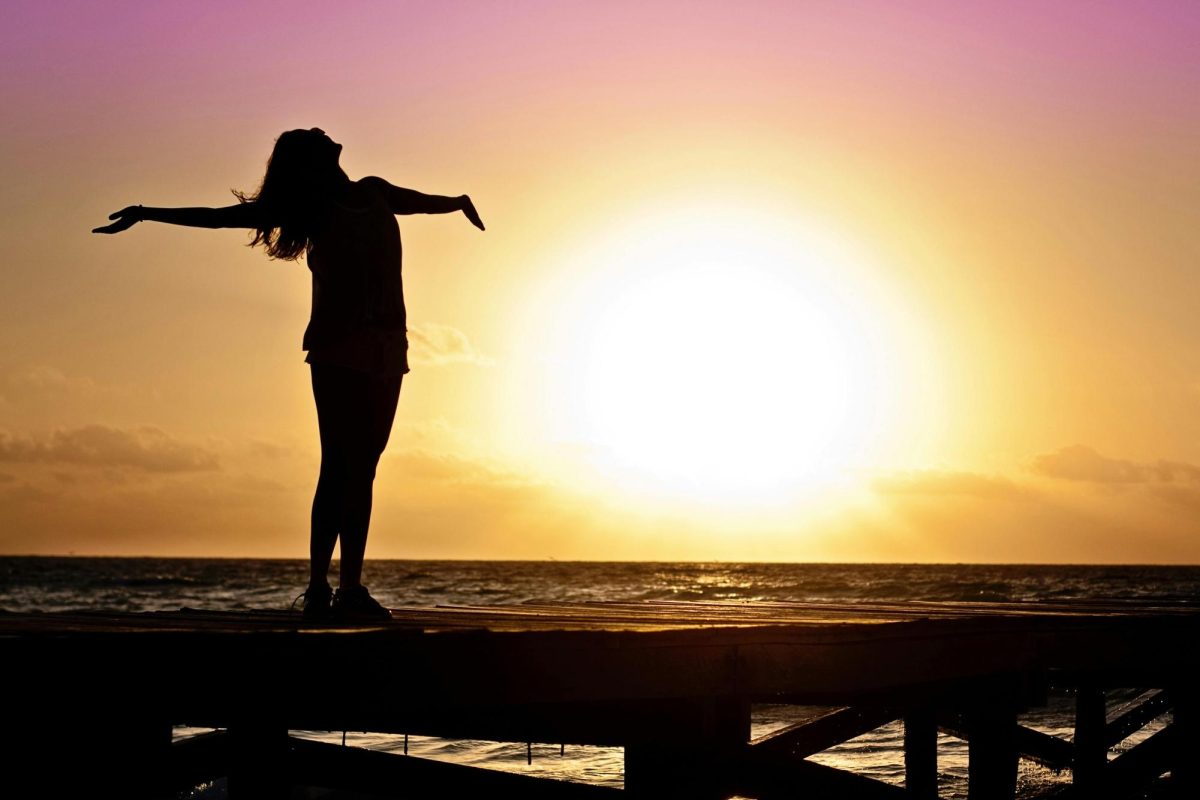
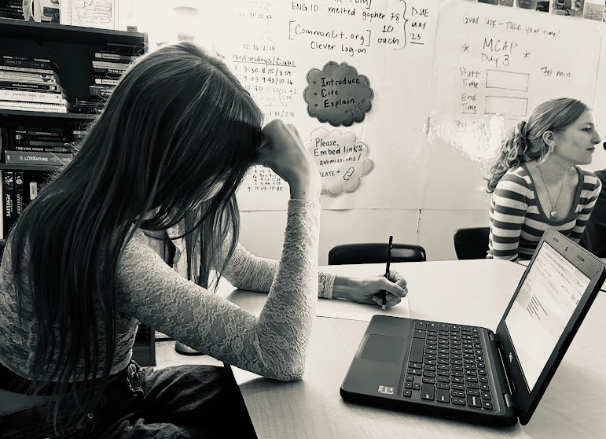
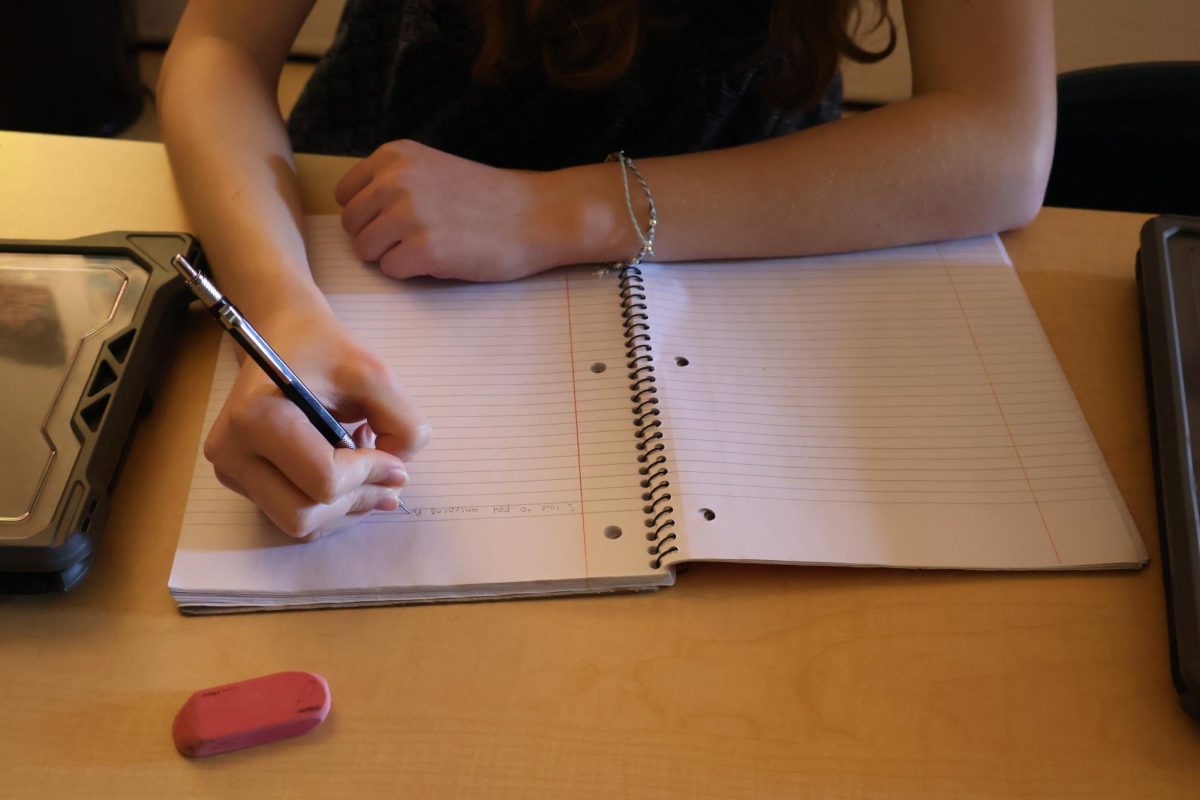
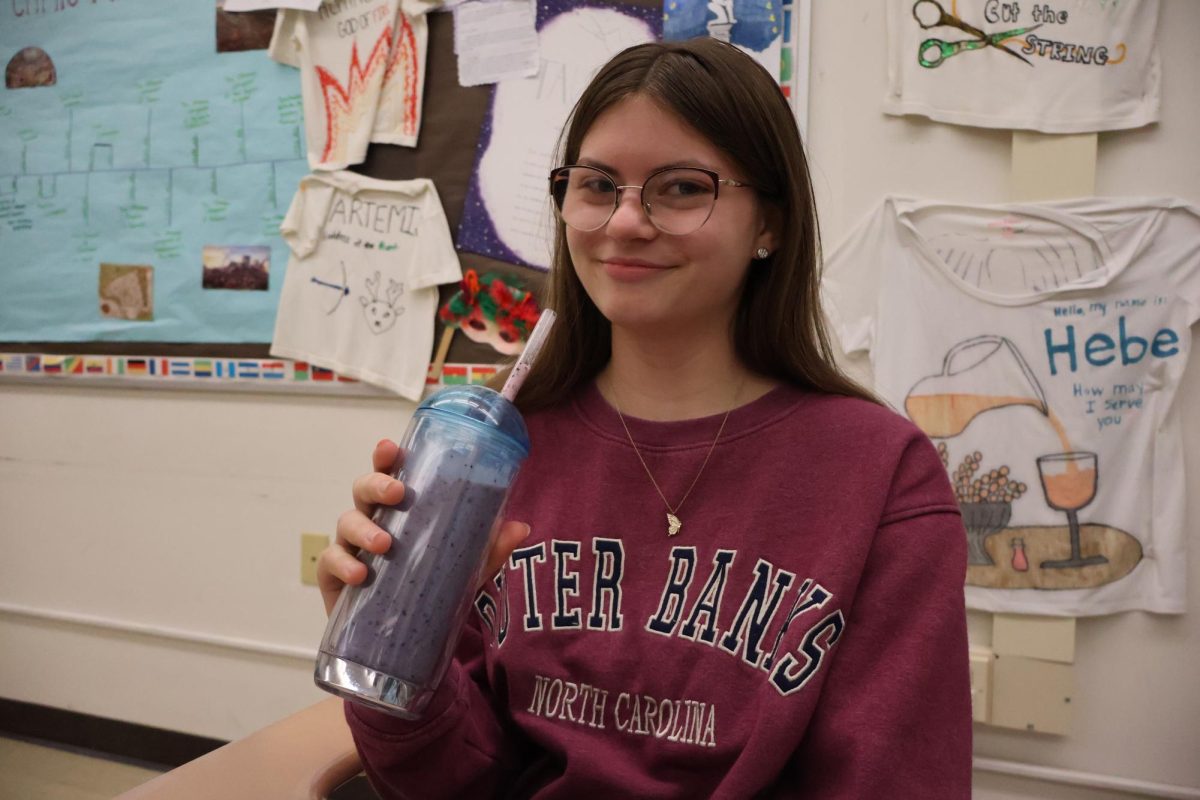

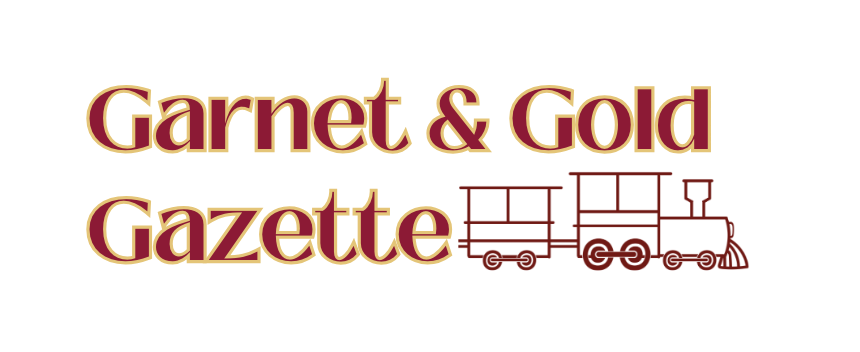

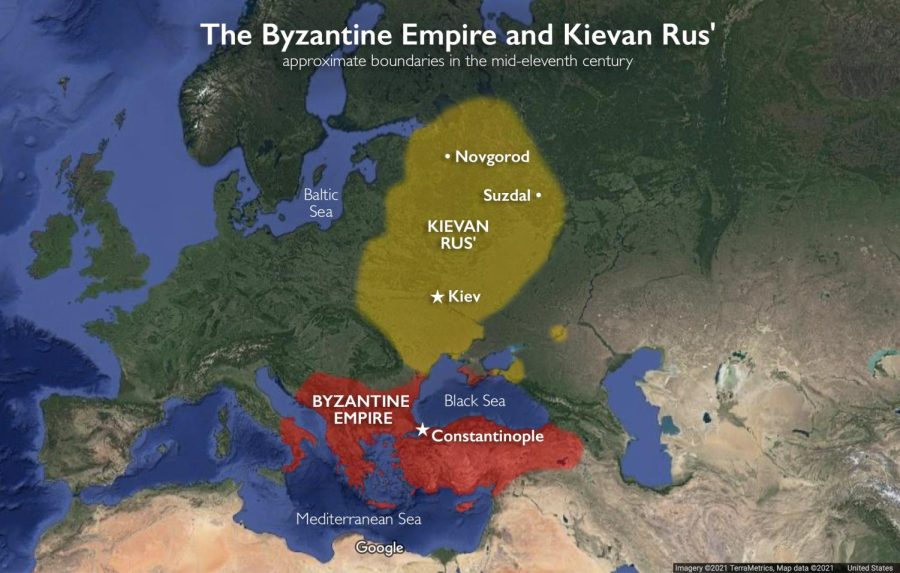

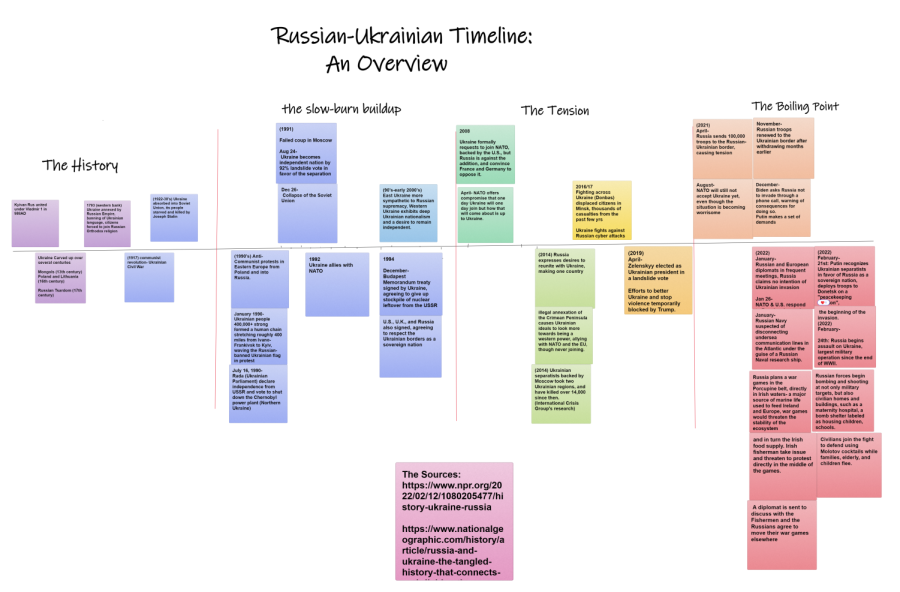
chris • Apr 13, 2022 at 12:49 pm
Excellent reporting and historical background info, Chloe. Keep up the good work!!
Chloe Gregory • Apr 13, 2022 at 4:18 pm
Thank you!
Nancy • Apr 13, 2022 at 11:29 am
Excellent – thank you for sharing. I would like to share this – my maternal grandmother immigrated from Ukraine, her husband from Poland.
James Michener wrote an historical fiction book titled “Poland” that taught me about the early history.
Chloe Gregory • Apr 13, 2022 at 4:18 pm
You’re welcome! Thank you for reading 🙂